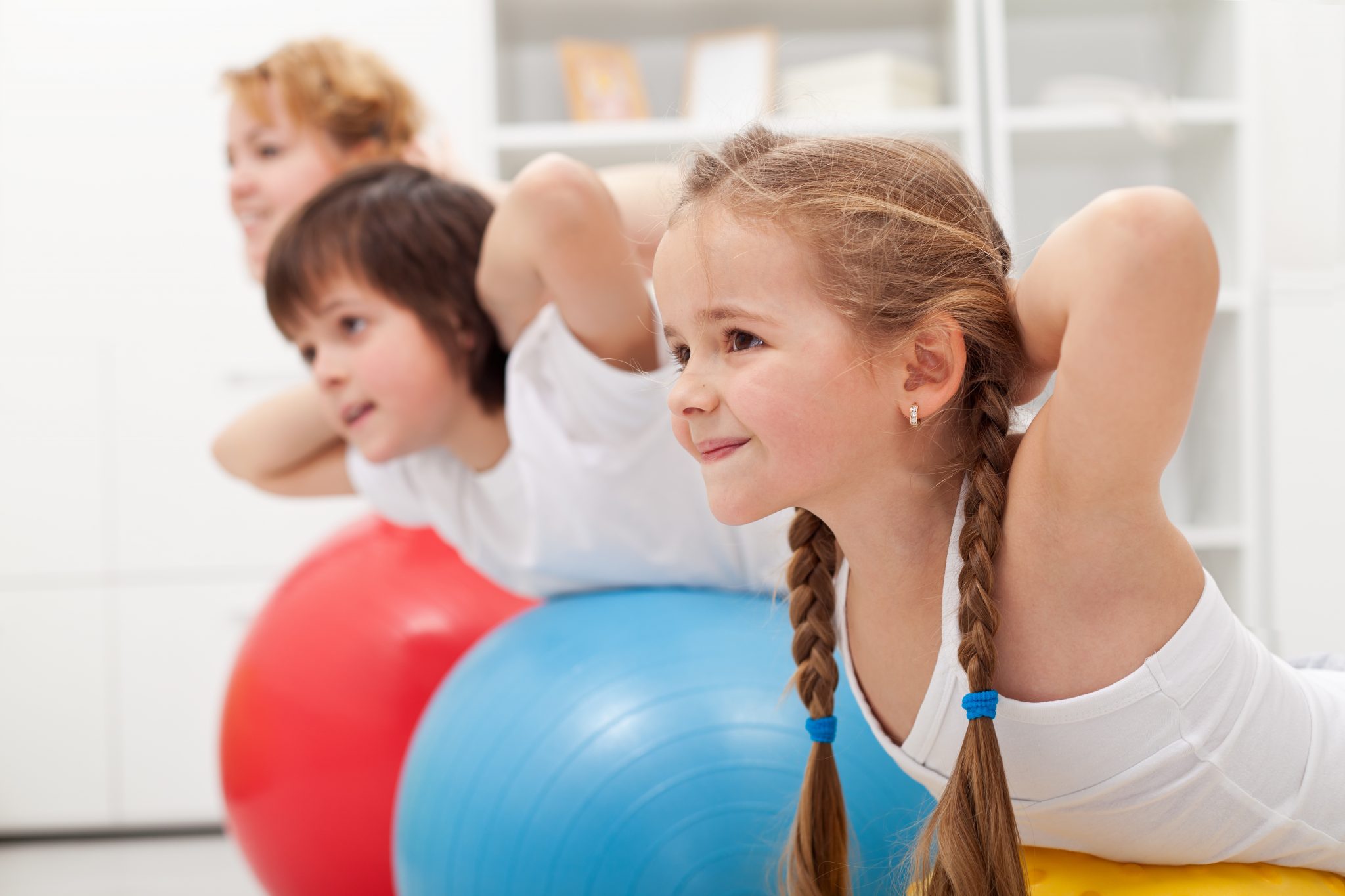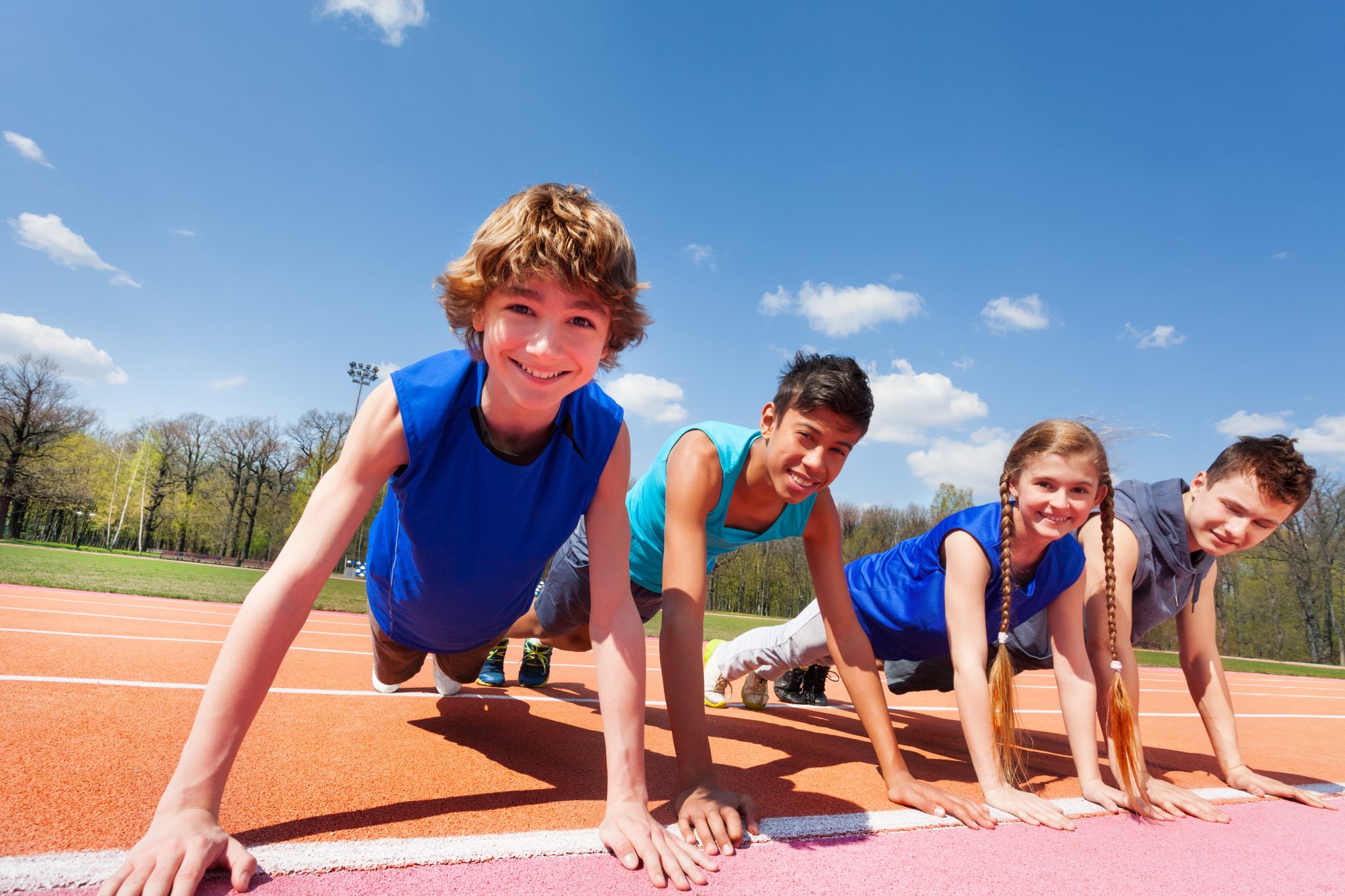Concepts of “physical literacy” are now becoming par for the course when it comes to creating activity programs for kids. International bodies for fitness and sport are embracing this “new” terminology as the foundational construct from which kids can learn to embrace being physically active as a way of life.
Is this new spin on physical development just a fresh coat of “marketing” paint on good old fashion physical fitness for kids, or is it truly an effective approach to improve the overall physical activity levels of children?
Physical literacy is defined by researcher Margaret Whitehead as:
“The motivation, confidence, physical competence, knowledge and understanding to value and take responsibility for engagement in physical activities.”
Physical fitness, on the other hand, is defined by the Merriam Webster dictionary is:
“Good health and strength achieved through exercise.”
While these concepts differ slightly, either end result would inarguably be a huge win for a youth physical activity program. Together, they help form a lifelong positive relationship with physical activity and health. The confidence, competence, etc. instilled by physical literacy would increase the likelihood of participation in exercise to optimize fitness. It’s important to note however, that one does not necessarily guarantee the other.
 A young over-specialized soccer player could be extremely physically fit. However, their limited knowledge and skill set with a variety of physical activities could limit their ability to continue to be physically active when they are done playing their sport. On the other hand, a young “jack of all trades” could enjoy a variety of activities but fail to perform them at a significant enough magnitude that would improve metrics of health (strength, power, endurance, etc.).
A young over-specialized soccer player could be extremely physically fit. However, their limited knowledge and skill set with a variety of physical activities could limit their ability to continue to be physically active when they are done playing their sport. On the other hand, a young “jack of all trades” could enjoy a variety of activities but fail to perform them at a significant enough magnitude that would improve metrics of health (strength, power, endurance, etc.).
Considering that the health and activity patterns of today’s children will become the health activity patterns of tomorrow’s adults, it’s important to consider both physical literacy and physical fitness when creating a program for physical development.
Below are some programming tips that integrate concepts of physical literacy with programs designed for physical fitness.
- Focus on quality, not necessarily “maximal output” of movement.
 When teaching kids any skill, continually focus on the introduction and practice of the various components of that skill. Assessment would be based on how well they execute the mechanics of the skill, not so much the magnitude of the skill. For example, running mechanics, not running speed would be considered a primary assessment at a young age. The same would hold true for other skills. When kids get the chance to become competent with movement, the likelihood they will move more increases.
When teaching kids any skill, continually focus on the introduction and practice of the various components of that skill. Assessment would be based on how well they execute the mechanics of the skill, not so much the magnitude of the skill. For example, running mechanics, not running speed would be considered a primary assessment at a young age. The same would hold true for other skills. When kids get the chance to become competent with movement, the likelihood they will move more increases.
- Combine activities designed for fitness (i.e. aerobic, strength, etc.) with activities designed to teach movement (i.e. mechanics) in circuits.
Creating circuits where kids alternate from stations that highlight specific skill practice (manipulative, locomotor, or stationary movement skills mechanics) to stations with a higher fitness demand, (going through an agility ladder, jumping over cones, obstacle courses, etc). This improves movement competency along with physical fitness.
- Introduce and incorporate a variety of sensory and fundamental movement skills regardless of the sport context.
 From a physical development standpoint, an 8-year-old is not a baseball player, they are an eight-year-old who needs to develop their neuromuscular system. They need to learn the skills within their sport context, however, they also need to learn other skills such as lower body kicking, dribbling, and others. Fitness professionals and sport coaches can quickly integrate these activities into warm ups or fitness circuits.
From a physical development standpoint, an 8-year-old is not a baseball player, they are an eight-year-old who needs to develop their neuromuscular system. They need to learn the skills within their sport context, however, they also need to learn other skills such as lower body kicking, dribbling, and others. Fitness professionals and sport coaches can quickly integrate these activities into warm ups or fitness circuits.
Confidence and competence with a wide variety of activities increases the likelihood that children will be able to participate and perform with physical activity into adulthood.
- Introduce novel movement challenges frequently.
Regardless of age or sport, consider introducing novel movement challenges regularly in to training. This could be a new activity, skill, or variable of a known skill. As the children’s neuromuscular systems work to solve these coordination “problems”, they are creating and fortifying new brain/body connections.
Consider using SPIDERfit Kids’ movement variables and sentences during warm ups and/or circuits (click here to download a cheat sheet!). Introduce a skill from a sport discipline the child is not accustom with. Create obstacle courses that require kids to use different, sometimes, unfamiliar movement strategies. Allow children to create their own games or activities. These unique challenges expand their neuromuscular system’s ability to adapt to new demands. This makes new skills easy to acquire throughout the course of their life.

Physical literacy and physical fitness are not synonymous, however, they have a critical relationship in regards to empowering kids with the interest and ability to be active for life. Consider both of these concepts when designing programs for kids in order to help them one day become happy, healthy, active adults!
Brett Klika CEO and co-founder of SPIDERfit is an international award- winning certified strength and conditioning coach, author, and motivational speaker with over 20 years experience motivating and inspiring youngsters to a life of health, fitness, and performance.
Brett consults with schools, athletic organizations, fitness professionals, and fortune 500 companies around the world.





Connect with SPIDERfit!